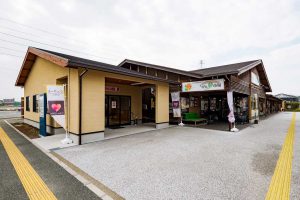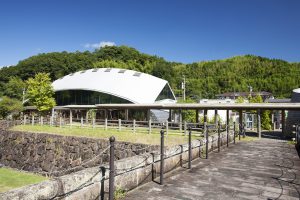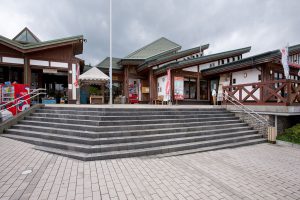Roadside Station Takarabe
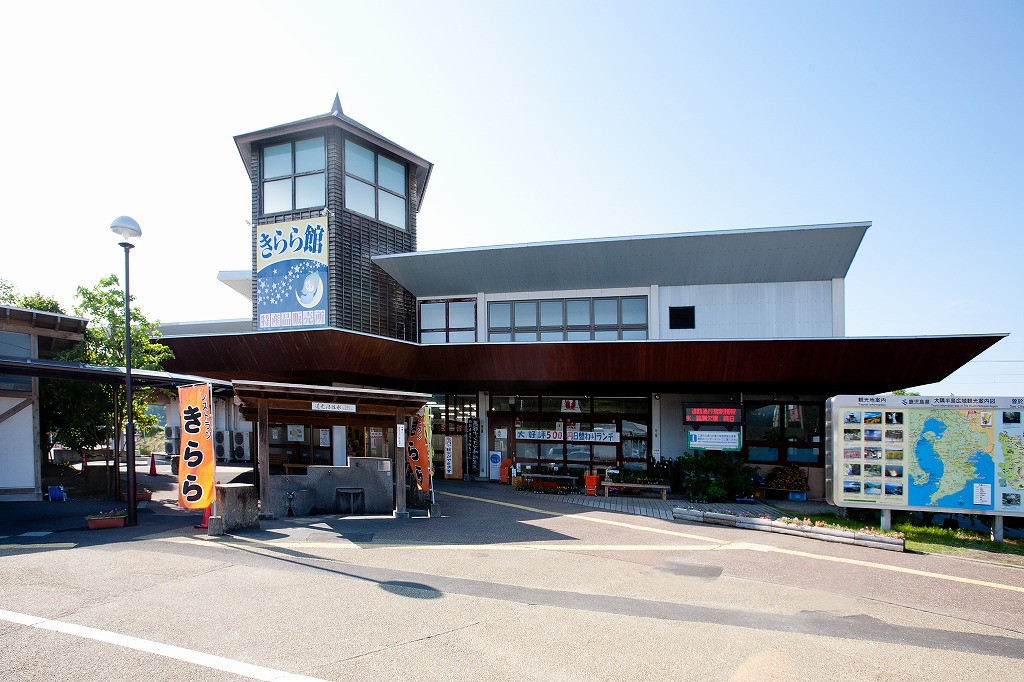
Index
Stations that show rustic warmth.
Full of sparkling local specialties
Zaibe-cho, Soo City, located on the border with Miyakonojo City in Miyazaki Prefecture, is famous for its shiitake mushrooms and green tea. Naturally, shiitake mushrooms and green tea are abundantly lined up at the station's product center. There is also an abundance of processed local agricultural products such as fried vegetables called "gane," rice cakes, and fukuregashi (a type of sweet). In particular, barley miso made by the local women's club is often out of stock. Rare Japanese bee honey is also available. The Kurobuta pork in the meat section is also unique to Kagoshima. There is a local home-style dish called "Tonkotsu," which is made by boiling the ribs of a Kurobuta pig for a long time with miso, brown sugar, and shochu (distilled spirit), and the ribs are also sold in packages. This is the beauty of a roadside station that brings out the local flavor. Also, in late fall, sticky-sweet baked sweet potatoes are sold. Buy them hot. The restaurant is scheduled to be renovated in mid-May 2021.
Roadside Station Takarabe Basic Information
| Location | 17-1 Minamimata, Zaibe-cho, Soo City, Kagoshima Prefecture |
|---|---|
| Phone number | 0986-28-5666 |
| Business Hours | 9:00-17:00 Restaurant 11:00~14:00 |
| Access | 30 minutes from Sueyoshi Zaibe IC of Higashi-Kyushu Expressway |
| Official HP | http://mecena-sueyoshi.com/michi-takarabe/ |
Map of Roadside Station Takarabe
Roadside Station Takarabe Gourmet Information
Local products Zaibe rice
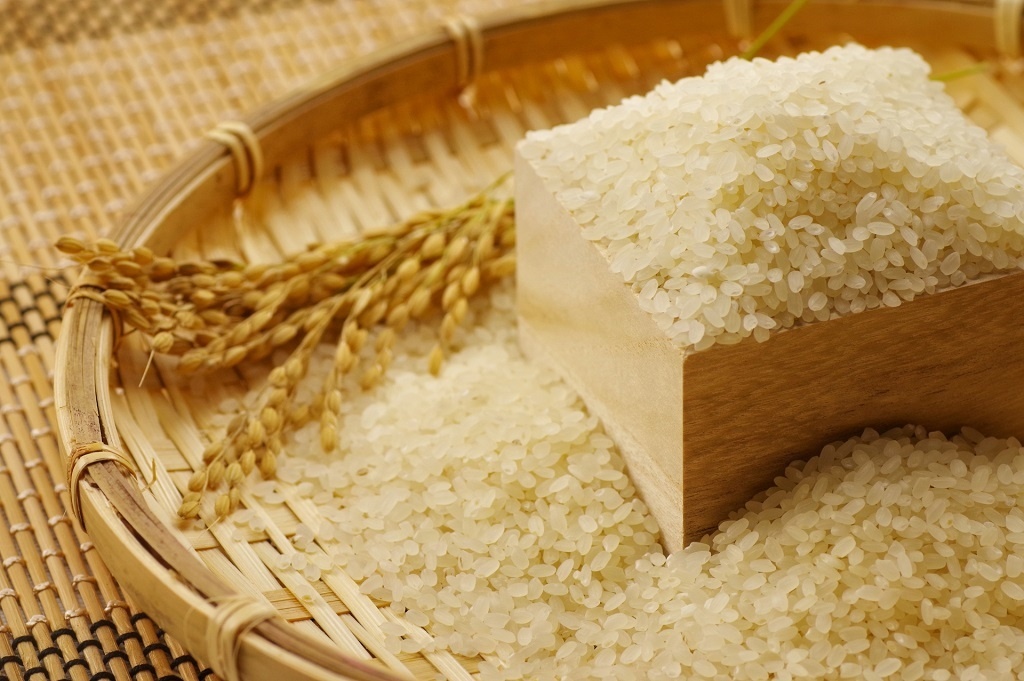
The most popular product at the farm products direct sales office is "Zaibe Rice. Nicknamed "Kirakira Rice," this Hinohikari rice has become one of the most popular products among hometown tax return gifts. In Zaibe, temperatures vary widely, and the water from the Kirishima mountain range is cool and clean, as is the clean air. The rice grown in this environment is naturally delicious. The rice used to be named "Spica Monogatari" (starry sky) because of the beauty of the starry sky in the town, but now it is sold under the name "Kirakira Rice.
Information around Roadside Station Takarabe
Forest of Eternity
If you want to have fun in the area
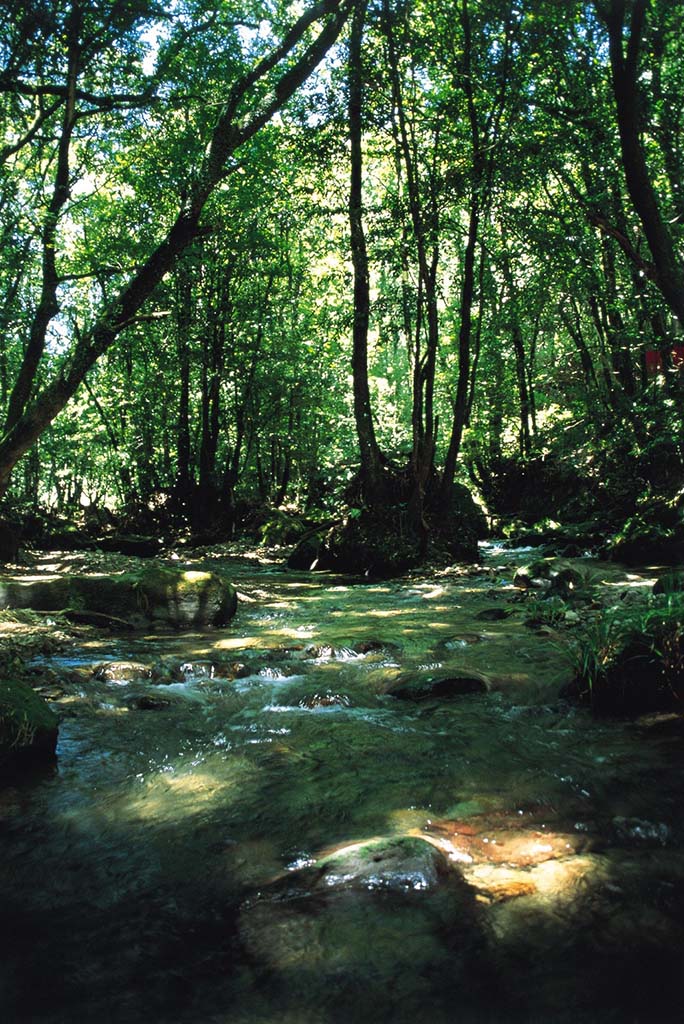
Shoreline forests have been recognized as one of the "100 Best Forests for National Recreational Walks" and one of the "500 Most Beautiful Paths to Walk in Japan. It was decided by ordinance that the trees would not be cut down forever, in the hope of permanently preserving the forest that gives the impression of green and sparkling, and to pass it on to future generations. The name of this forest is "Yuukyu-no-mori" (eternal forest of longevity). Trees thrive throughout the year, and visitors can stroll through the forest, admiring the seasonal scenery of fresh greenery and autumn leaves, and feeling the power of the forest. The waterfall in the forest is also an oasis spot. Every year in late November, the "Yukyu-no-mori Walking Tournament" is held.
Mizonokuchi Cave
If you want to have fun in the area
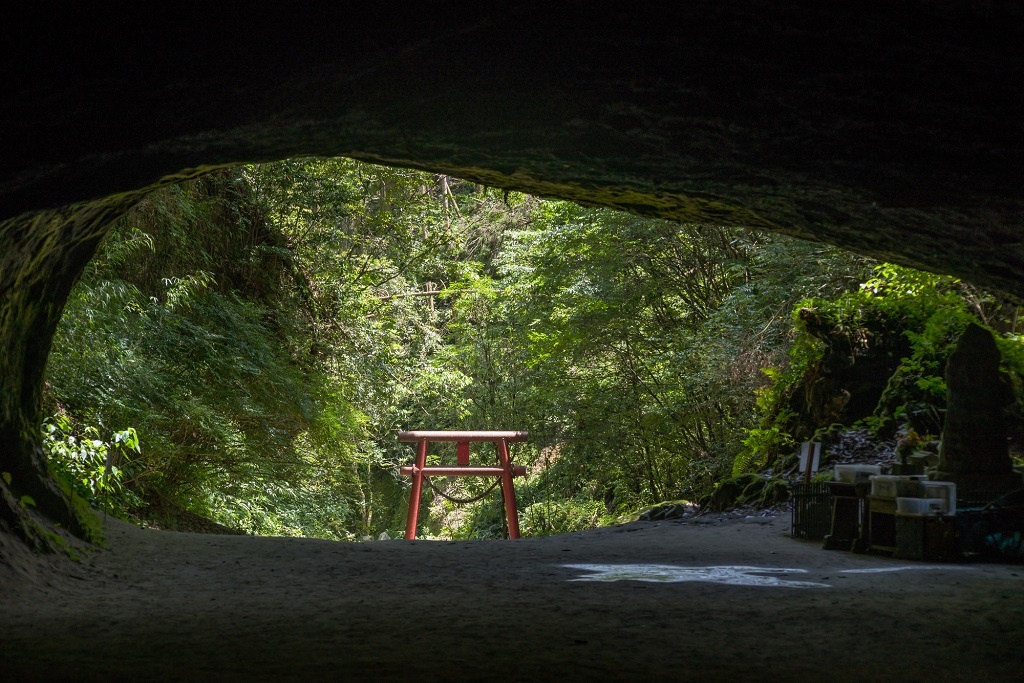
Recently attracting attention as a power spot, this is a large cave measuring 14.6 meters across, 6.4 meters high at its maximum, and 224 meters long as confirmed by a survey team. Local legend has it that a dog was put in the cave and came out to Takachiho Peak, and the exact length of the cave is unknown. In any case, it is the longest fused tuff cave in Japan. It was formed by the repeated erosion and collapse of spring water from the Kirishima mountain range on a valley eroded by pyroclastic flow deposits from the Kakuto caldera about 330,000 years ago and thickly deposited by the Irido pyroclastic flow (shirasu) from the Aira caldera about 29,000 years ago. The mysterious appearance of the cave is also a reason for the local people to erect a torii gate at the entrance and enshrine Kannon-sama (Goddess of Mercy) at the cave entrance. In addition, the "Mizonokuchi Iwanana Festival" is held every year on a Sunday near April 8, the birthday of Lord Buddha. The cave was designated as a natural monument of the prefecture in 1955. In August 2013, it was selected as one of the "100 Best Caves in Japan," and on March 26, 2021, it became the first nationally designated cultural property in Soo City.

